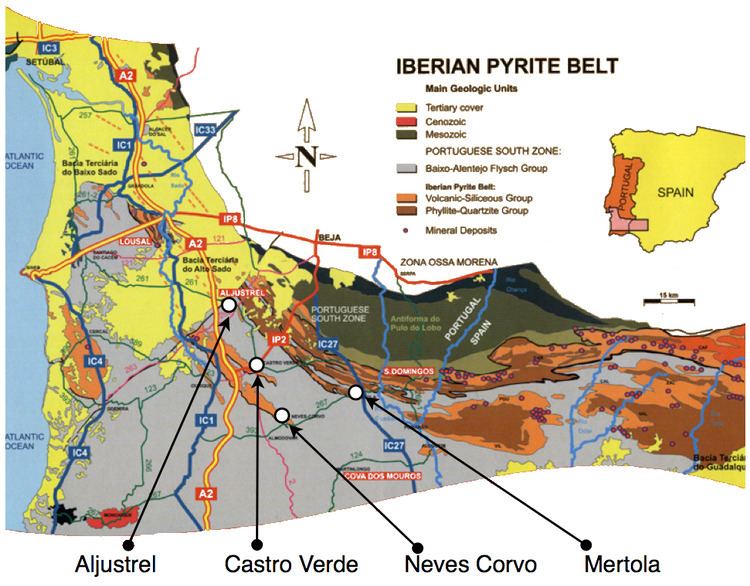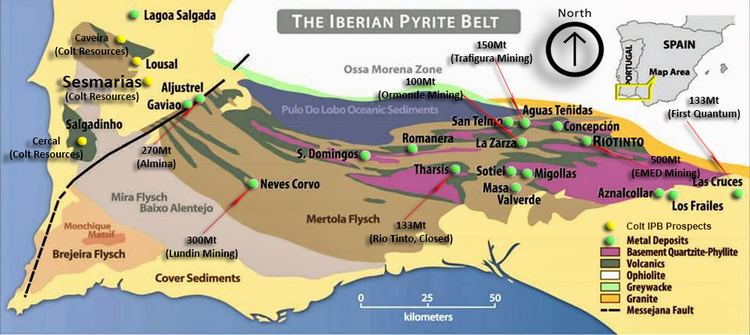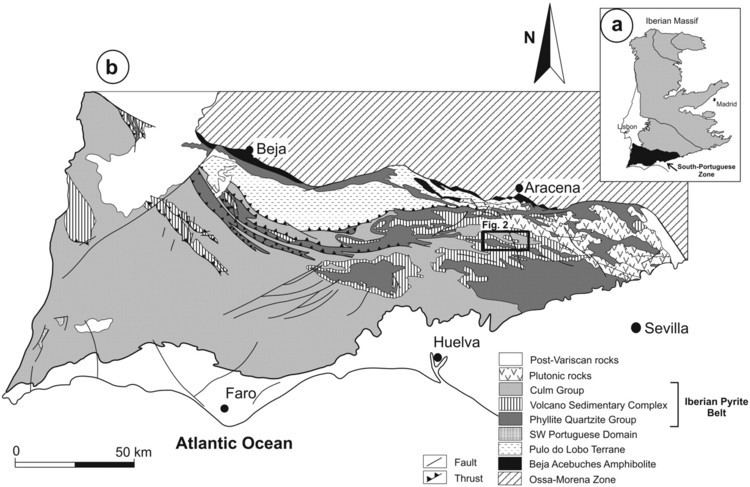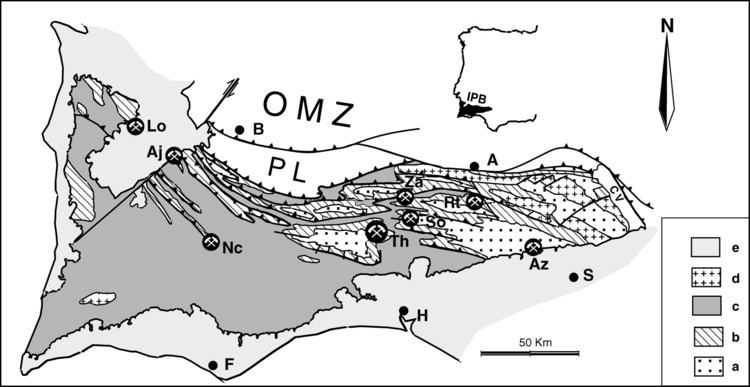 | ||
Why the iberian pyrite belt is a giant vms district palestra com o prof dr fernando tornos
The Iberian Pyrite Belt is a vast geographical area with particular geological features that stretches along much of the south of the Iberian Peninsula, from Portugal to Spain. It is about 250 km long and 30–50 km wide, running northwest to southeast from Alcácer do Sal (Portugal) to Sevilla (Spain). The mining activity in this region goes back thousands of years.
Contents
- Why the iberian pyrite belt is a giant vms district palestra com o prof dr fernando tornos
- Greg pendura solid resources exploring the iberian pyrite belt
- Formation
- Mining
- Small structures
- References

Greg pendura solid resources exploring the iberian pyrite belt
Formation

The Iberian Pyrite Belt was formed 350 million years ago in the Devonian Period, connected to active and hydrothermal volcanism that led to the formation of a volcanic-sedimentary complex. Volcanic activity in the region led to eight giant volcanogenic massive sulfide ore deposits (VMS) associated with polymetallic massive flanks of volcanic cones in the form of pyrite, and also chalcopyrite, sphalerite, galena and cassiterite. The deposits of the Iberian Pyrite Belt are notable examples of volcanic- and sediment-hosted massive sulfide (VSHMS) deposits, which hybrids between the VMS and SEDEX deposits. Over 250 deposits are known in the belt.
Mining

From the eighth century BC, there was mining in the area but it was the Romans who exploited the mines with greater intensity, thanks to its strategic position in the Mediterranean. This southern area of Lusitania, a Roman province for several centuries, was an abundant source of mineral ore which included gold, silver, copper, tin, lead, and iron. Given its mineral riches, the area played a significant role in the expansion of Roman metallurgy. During the Roman period, extensive mining and storage of valuable minerals required protective fortifications and mineral warehouses.
Small structures

There are remains of more than 20 such small structures in the Portuguese Castro Verde territory. A mining transportation route that existed between the mines of Aljustrel 20 km to the north and the port city of Mértola 40 km to the east, is situated on the Guadiana river.
The Sao Domingos Mine and Ríotinto mines accounted for one of the bases of the economy in the area. While in the Middle Ages there was a decline in the mining industry, in the Industrial Revolution it intensified again, especially from the late nineteenth century when dozens of mines operated, primarily producing pyrite. Removal of sulfur remained significant until the 1950s because of its application in the chemical industry (production of sulfuric acid). At present, this mining area is in decline. The economic viability depends on the extraction of copper, zinc, lead and, in some cases, precious metals like gold and silver. The São Domingos Mine is now a deserted open-pit pyrite mine in Alentejo, Portugal.
